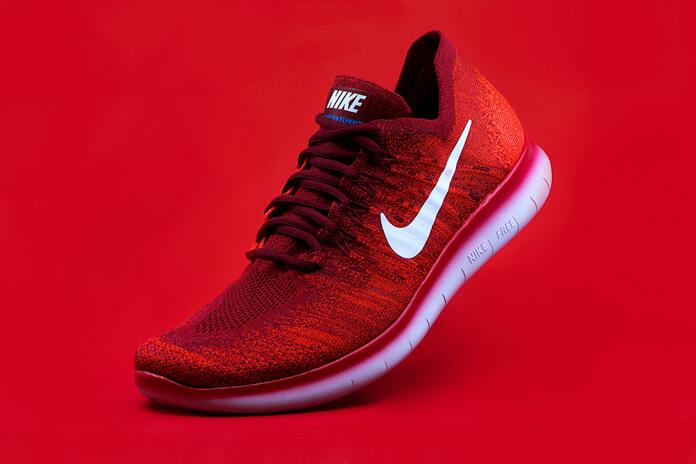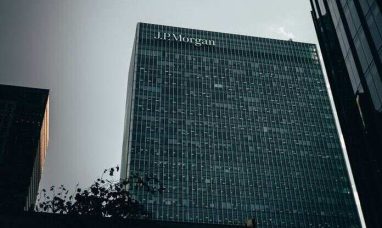On December 20, Nike (NYSE:NKE) released its second-quarter earnings, and the market erupted. Before the release of the results report, Nike stock had closed at $103 a share. Trade opened at $116 and ended at $115 the following morning. The market seems to be hoping for good news from the titan of the apparel industry. After all, it had been a while since Nike stockholders had cause to celebrate.
Nike has taken a lot of heat for a variety of reasons, including serving as the poster child for COVID logistics problems as a result of its mainly outsourced supply chain and frequently falling foul of China’s lockdown laws. Nike’s investors are fervently hoping for success.
Results for the company’s second quarter supported this. The top line for the quarter came in at $13.3 billion, exceeding the $12.5 billion estimate. Even better, the company outperformed expectations in terms of earnings per share. Instead of the expected $0.64 per share, it made $0.85.
Since the results, Nike has outperformed the S&P 500, with a price increase of 19% as opposed to 7% for the S&P 500.
Although we can’t fault Nike for taking a much-needed victory lap, we felt that a few issues warranted more scrutiny. This section explains our reasoning for the ultimate return of Nike shares to their pre-profitability value.
The majority of retail investors, including those who visit this website, are skeptical of assertions made by a company regarding its potential future profitability. One terrible fact, however, keeps us up at night: the majority of investors still believe top-line sales estimates to be infallible.
We think that investors frequently ignore revenue recognition, which is one of the most important items. We also question how Nike determines how much money is coming in.
It’s fine that people have been discussing the company’s efforts to minimize inventories. Inventory is a balance-sheet asset up until it is sold. It is reflected as a cost of goods sold on the income statement when it is sold. Inventory reductions that are reasonable in pace show that management is making serious efforts to get rid of its current stock without triggering impairment charges.
But where is the real journalistic freedom to be found? We’d like to talk about accounts receivable today since we think it’s a metric that investors often ignore.
A company can report revenue (the top line of earnings) in accordance with accrual accounting and accounting standards prior to receiving cash (by recording the sale as a receivable). Companies might stipulate in sales contracts when revenue should be recorded. This is advantageous since it enables businesses to deal under conditions that don’t restrict their ability to sell.
A rise in accounts receivable, however, may be alarming because it might mean that a business has made it simpler for customers to pay or given them credit.
Days Sales Outstanding is a statistic that investors may use to determine if accounts receivable have increased or decreased in relation to sales (DSO). To better comprehend a company’s credit terms or what customers may expect to pay, divide the payments the firm has yet to collect by the revenue it has already reported (the top line number) and multiply that number by the typical number of days in a quarter, which is typically 91.25.
Nike is in a situation where DSO has been rising.
Days Sales Outstanding for Nike increased from 30.1 to 37.3 during the course of one year. We consider this to be a considerable increase.
Think about Nike’s patrons as well. Although Nike’s direct-to-consumer business has drawn a lot of attention, wholesale sales remain to account for the majority of the company’s income. Because this is a business-to-business (B2B) channel, payment arrangements are necessary (businesses often negotiate to buy now and pay later, versus business-to-consumer transactions where revenue and cash are generally recorded at the time of sale).
Think about how Nike tracks wholesale customer sales based on when the goods are delivered or received. Contrary to appearances, this is more crucial. When you send things to a consumer, you must take much more steps to record a transaction than when you confirm that a client has received goods (full disclosure, Nike utilizes both terms of recognition and negotiates contracts with both terms, though it does not delineate what percentage of contracts utilize which type of recognition).
Whatever the case, one thing is certain: Nike’s receivables have grown. The DSO has risen as a result, suggesting that the corporation has probably booked more revenue on terms than it has cash from those transactions.
This raises the issue of how the credit for the quarter’s revenue was determined, particularly in light of claims that Nike relied heavily on promotions and discounts during that period.
The Movement for Re-Shoring
Investors hardly ever take into account the fact that Nike was in the ideal situation at the ideal time. For years, Nike has benefited from globalization. Due to supply chains that were developed in other nations with lower costs, globalization has reduced prices for consumers.
Nike, however, seems to be among the first to experience the reshoring movement’s effects as the winds of business change. Deglobalization will cause prices to increase even though globalization contributed to their stability.
Although this is a fresh way of thinking, we anticipate that certain businesses that have tremendously benefited from globalization may see their margins erode in the coming years as supply networks are changed to reduce geopolitical risk.
Valuation
Overall, we think Nike is still too expensive given its historical value.
Compared to the 10-year average of 28 times, Nike stock is currently trading at 34 times the expected earnings for the following year. The company is valued at 26x EV/EBITDA, greater than the 20x 10-year average.
These expenditures, in our opinion, are high, but more crucially, they seem to imply that perfection is desired. The short- to medium-term decline in the company’s earnings does not seem to be anticipated by the market. Considering what we’ve covered so far, we think investors shouldn’t ignore this risk.
Featured Image: Unsplash @ REVOLT









